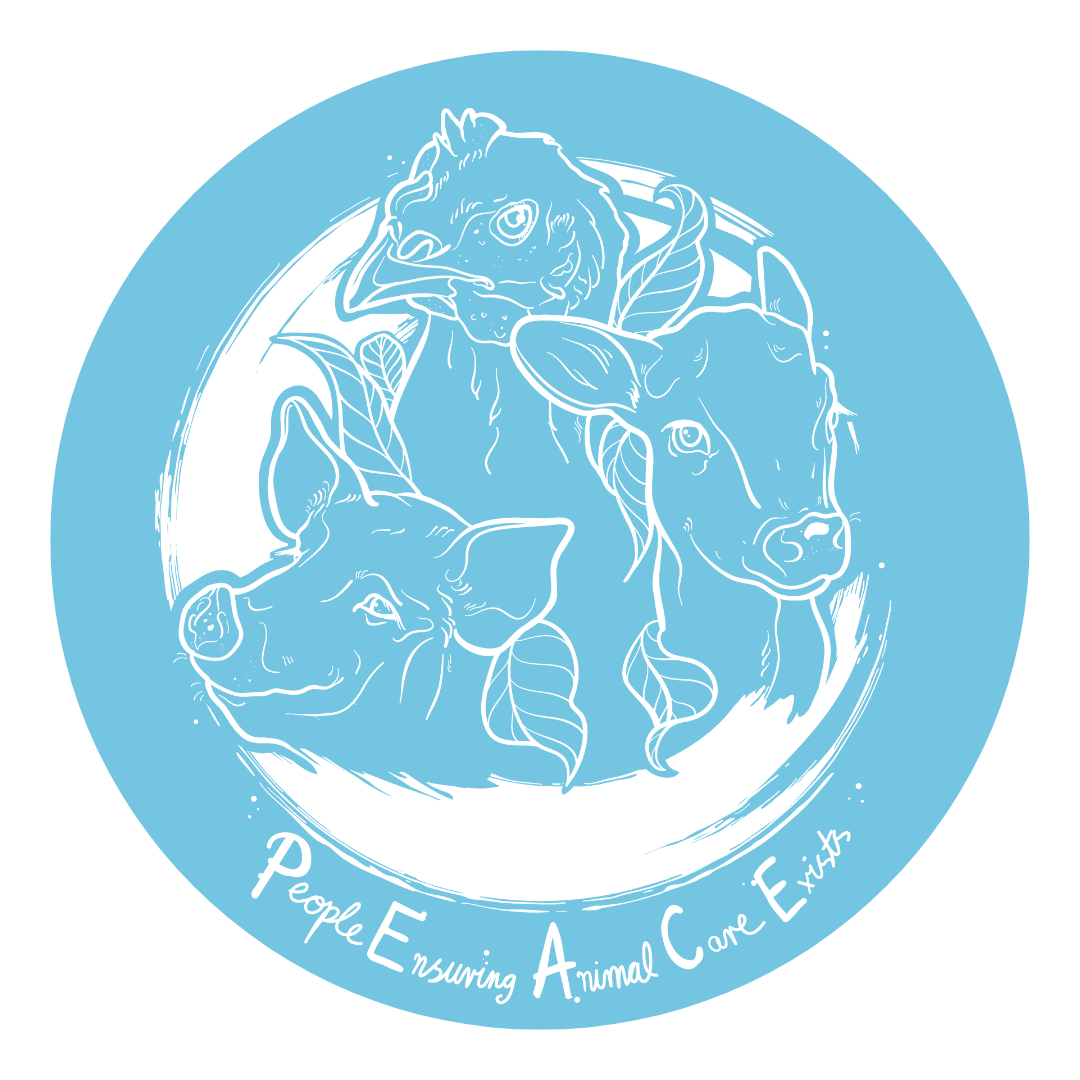Article By Kali Nelson
If you asked 10 people on the street if they are against animal abuse, it’s one of the few questions where you’re pretty likely to get a unanimous response. For the most part, people love animals!
Since no one wants to see animals in pain, the practice of breeding some into this world just to kill and eat them is a tricky discussion. Consumers want to buy the same products they always have without the guilt of animals suffering. Thus, the popularity of “humanely sourced” or “high-welfare” animal products.
But what exactly do these terms mean?
What Qualifies As Humanely Sourced?
Some of the most well-known humane marketing labels include “free-range,” “free-run,” “grass-fed,” and “cage-free.” These are unverified labels held to no legal standard. For example, “free-run” chickens can be packed together in a barn, technically being cage-free and never seeing the outdoors. Cattle can be fed a handful of grass before slaughter and be deemed “grass-fed.”
Only third-party certified labels mean something concrete, and even then, it’s not the “high-welfare” experience marketers would like people to believe. For example, regardless of the label on a carton of eggs, all male chicks in the industry are considered a byproduct and killed immediately after birth. They are put on a conveyer belt to be ground up alive, gassed, or suffocated.
With Canada killing over 800 million farm animals a year, there’s not enough time or resources to raise them kindly. To that point, what is the gentle method for selectively breeding animals, keeping them in unnatural conditions, and then killing them?
What About Humane Slaughter?
Regardless of the label, if they make it through the sometimes lethal conditions of transport to the slaughterhouse, all farm animals end up being killed in the same place.
If you had to describe a humane way to kill an animal, what would it be? Maybe it would involve catching the animal by surprise, so they wouldn’t see it coming – a feature impossible to offer today’s farm animals killed on an assembly line.
Conventional slaughter includes throat-slitting or gassing. If their throats are cut, the “humane” method is to first stun them with a bolt gun, CO2 gas, or electrocution before delivering the lethal blow. Would you feel comfortable “humanely” euthanizing your pet dog this way?
Even if stunning stopped an animal from suffering, the Canadian Food Inspection Agency allows for a margin of error of 1-to-5 percent depending on the species. When you consider the amount of animals slaughtered every day, that’s a huge number of conscious animals being bled out. If the stunning does work, depending on how long they take to bleed out, they also risk regaining consciousness before dying.
What’s worse is that while that’s the recommendation for a margin of error, there’s rarely a government inspector present when workers fail to stun animals or otherwise inflict pain before death. Farms and slaughterhouses are regularly caught abusing animals, especially since there’s no federal legislation for the welfare of animals on farms. Local examples in BC include ripping live chickens apart, electrocuting pigs in the face, and using a chain and forklift to drag a cow by the neck.
There’s a reason these places operate with as much secrecy as possible. When whistleblowers expose footage of the cruelty behind the walls, there’s public outcry. Toronto’s recently passed Bill 156 – Security from Trespass and Protecting Food Safety – makes it illegal to gain access to farms and slaughterhouses under false pretences. This action, opposed by the Canadian Association of Journalists and the Canadian Civil Liberties Association, makes it illegal to obtain undercover footage. Courts in various states throughout the US have determined these kinds of “agricultural-gag” laws to be unconstitutional violations of free speech.
“Humanely Sourced” Is A Marketing Tactic
The truth is that these labels are designed to pull on our heartstrings and have us believe there’s a happy, humane option worth paying extra for. It’s intentionally misleading advertising meant to pull more cash out of our wallets.
These supposedly kinder products wouldn’t be pushed on the public if the industries didn’t know we care. They know that none of us want to be responsible for animals suffering.
In reality, the only way to stop animals from being exploited is to stop paying for them to end up on our plates. If you’ve been thinking about exploring a vegan diet, check out the resources at Challenge 22 for more information.

